The Universe always enchants us, humans. The interesting part is that it also is a crucial topic for GK. Here, we are providing you with the top general knowledge questions on Planets and their Moons for Class 2 kids. You will also get the answers to the questions listed here.
Here is the list of Planets in the Solar System: Mercury, Venus, Earth, Mars, Jupiter, Saturn, Uranus and Neptune. There are numerous questions on Planets and their moons. We have compiled a set of the most important 21 questions on Planets of the solar system.
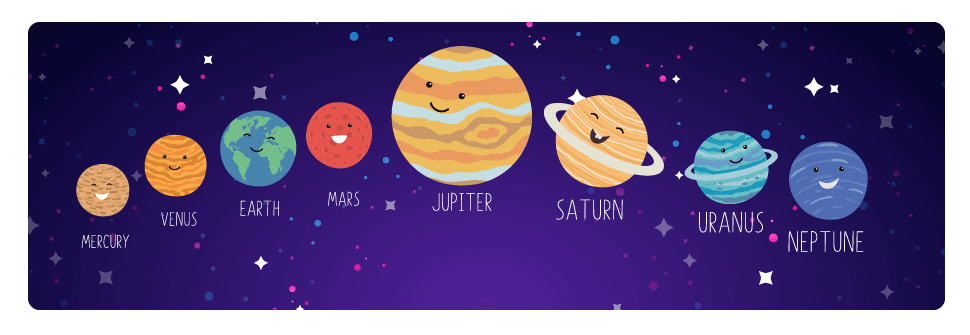
GK about planets is a vast field to explore and learn for the little ones. It is a known fact that kids are always interested in the solar system. So, GK questions related to planets come in handy and help the curious little minds learn and explore more about the solar system. One of the interesting facts about the planets is that the Earth orbits the Sun every 365.25 days (about one Earth year). Uranus and Neptune are two planets that are not visible from a distance. Each planet orbits its specified location on the day of the birth of the Earth.
We have also included important questions on planets and moons names. You can also download these GK questions in PDF format for free here.
Download Questions on Planets and Moons in the Solar System
Answer the following questions:
1. Which is the planet nearest to the sun?
- Earth
- Mars
- Mercury
- Saturn
2. Which is the planet farthest from the sun?
- Uranus
- Jupiter
- Mercury
- Neptune
3. ______ is the hottest planet in our solar system.
- Mercury
- Venus
- Jupiter
- Earth
4. ______ is the largest planet in our solar system.
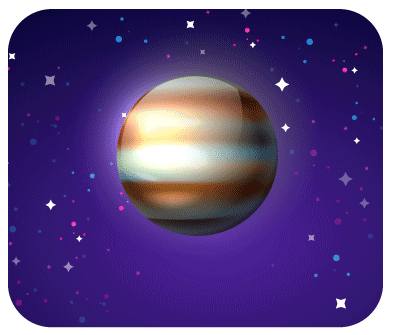
- Saturn
- Uranus
- Mars
- Jupiter
5. Which is the smallest planet in our solar system?
- Mercury
- Uranus
- Saturn
- Mars
6. Which of these is the coldest planet in our solar system?
- Uranus
- Neptune
- Saturn
- Jupiter
7. The planet(s) with rings around is/are:
- Saturn
- Jupiter
- Uranus
- All of the mentioned
8. ______ is called the “Red Planet” in our solar system.
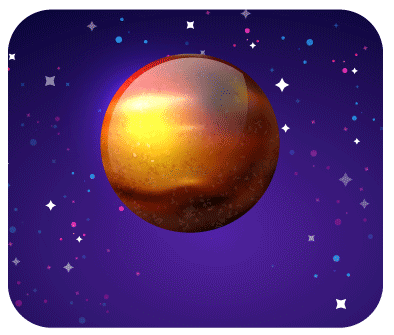
- Mercury
- Venus
- Earth
- Mars
9. Arrange the following planets in ascending order of their distance from the sun.
I. Jupiter II. Venus III. Mercury IV. Mars V. Earth
- I, V, IV, II, III
- III, II, V, IV, I
- III, II, IV, V, I
- I, IV, V, II, III
10. ______ is the third planet from the sun.
- Mars
- Earth
- Jupiter
- Saturn
11. A celestial body in space that orbits around a larger body is called a
- Star
- Constellation
- Natural Satellite
- Asteroid
12. The moon is the Earth’s _______.
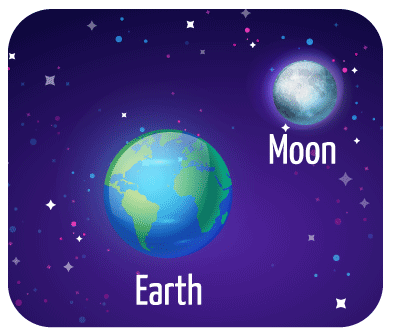
- Natural satellite
- Star
- Planet
- None of the above
13. The planet with the highest number of moons is
- Saturn
- Jupiter
- Neptune
- Uranus
14. The planet(s) with no moons is/are
- Venus and Mars
- Mars and Neptune
- Mercury and Mars
- Mercury and Venus
15. The planet with two moons is
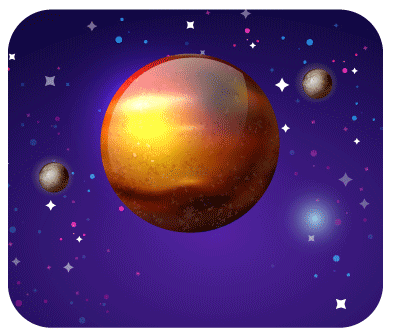
- Mercury
- Earth
- Venus
- Mars
16. Phobos and Deimos are the natural satellites of which planet?
- Mars
- Mercury
- Neptune
- Uranus
17. Titan is one of the moons of ______.
- Jupiter
- Saturn
- Venus
- Earth
18. How many moons does Uranus have?
- 12
- 14
- 27
- 30
19. Neptune has ____ moons.
- 12
- 14
- 27
- 31
20. Ganymede, the biggest moon in our solar system, belongs to which planet?
- Saturn
- Uranus
- Neptune
- Jupiter
21. Which planet is called the evening/morning star?
- Jupiter
- Venus
- Mars
- Saturn
Here’s a Fun Fact: Venus and Uranus are two planets, which spin backwards relative to other planets of our solar system. So, on these planets, the Sun rises in the West and sets in the East!
You can explore such GK Questions for Class 2 on several other important topics. Also, you can get access to essays, poems, worksheets, stories and a lot more for your kids!
For answers to the above-mentioned questions, you can refer below.
Answers:
| 1. (c) Mercury | 2. (d) Neptune | 3. (b) Venus | 4. (d) Jupiter | 5. (a) Mercury |
| 6. (b) Neptune | 7. (d) All | 8. (d) Mars | 9. (b) III, II, V, IV, I | 10. (b) Earth |
| 11. (c) Natural Satellite | 12. (a) Natural satellite | 13. (a) Saturn | 14. (d) Mercury and Venus | 15. (d) Mars |
| 16. (a) Mars | 17. (b) Saturn | 18. (c) 27 | 19. (b) 14 | 20. (d) Jupiter |
| 21. (b) Venus |